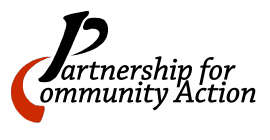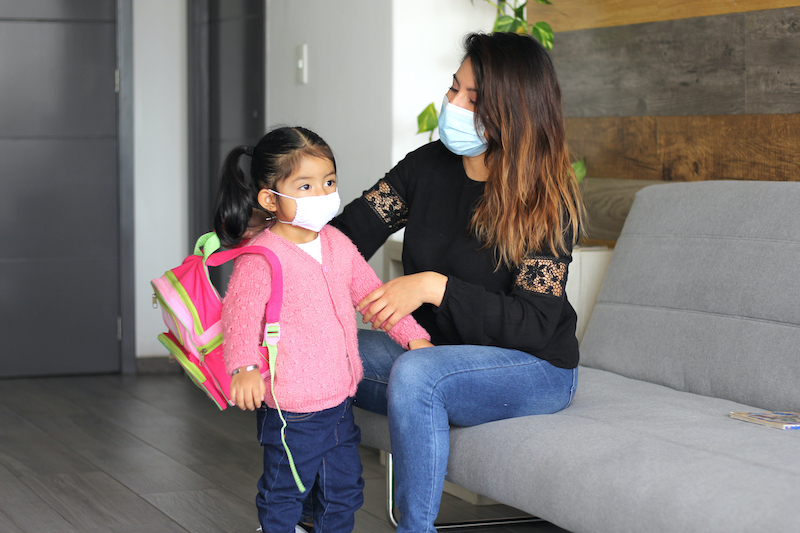This article was originally written in Spanish. The fall is here, back to school starts at 3… 2… 1! The classrooms are full again! After 2 school cycles with only partial in-person classes, the time to go back and test what we learned is here. The final months of in-person instruction last school year served, among other things, as our students’ rehearsal for a full return during the fall, or at least that is what we all want. In general, children, parents and teachers learned to:
- Wear the mask during in-person instruction time, when we are away from home, when we go to the supermarket and other public spaces. And given the current circumstances, with the different variants of the COVID-19 virus, it seems like a good idea to cultivate that as a standard custom.
- To wash our hands much more and often than we did before or to use hand sanitizer almost religiously. My kids and I joke and say, what are you going to answer when they ask you what you did in 2020? I was washing my hands. And when you weren’t doing that? I was putting on disinfectant gel, and so far, it’s still funny.
- To maintain social distance as much as possible. Perhaps we all appreciate now more than before, the warmth of a hug, the sincerity of a handshake, and above all, the smiles that have been hidden under the masks for what seems like a very long time.
- To use technology as a tool for learning at home. Suddenly we had to become experts on platforms that we didn’t even know existed or literally didn’t exist and that were created by the new demands of distance learning.
- To reflect on the importance of mental/emotional health and its direct relationship with learning, growth, overall health, and the healthy development of human relationships.
The list of what we learned can be very long. The truth is that we are now better prepared than before to face the challenges of a pandemic, and we should be better prepared to face a possible reality that includes extra care when in contact with others for the rest of our existence. It sounds horrible but is not that bad.
We have learned to integrate new standard health and safety habits into our lives, just as we learned to use seatbelts. We once didn’t wear a seat belt in cars.The seat belt as we know it now was invented in 1959 by Engineer Nils Bohlin and saves hundreds of thousands of lives a year. It seems that the use of the mask has the same power!
Now we use the seat belt automatically as soon as we get into a car, we click it! And we know the importance of teaching our children to use it from a very early age. There are regulations or laws that require us to use it, or we could face a fine or court or in some cases, death. And it’s also true that even today with all the information we have about how seat belts save lives, there are still people who decide not to wear them. But many of us do.
It is possible that, in the future, the use of the mask or the use of hand sanitizer, or social distance will be so normal that we will no longer bother to do so, and we will even do it automatically. Surely in the not-too-distant future, there will be other techniques that we will learn to use, or inventions that will facilitate social interactions with a minimum of effort and above all, with a minimum of risk.
We have been through a lot, we have lost a lot , but we continue to persist and adapt. . Let’s use the knowledge, the experience, and science and keep social distance, wear the mask, and get vaccinated. Let’s teach our children to follow the instructions, but more than anything, they must learn to take care of themselves without having to wait for someone to force us to do so. Let’s make this back-to-school what it has always been: An unforgettable experience, in a good way.



